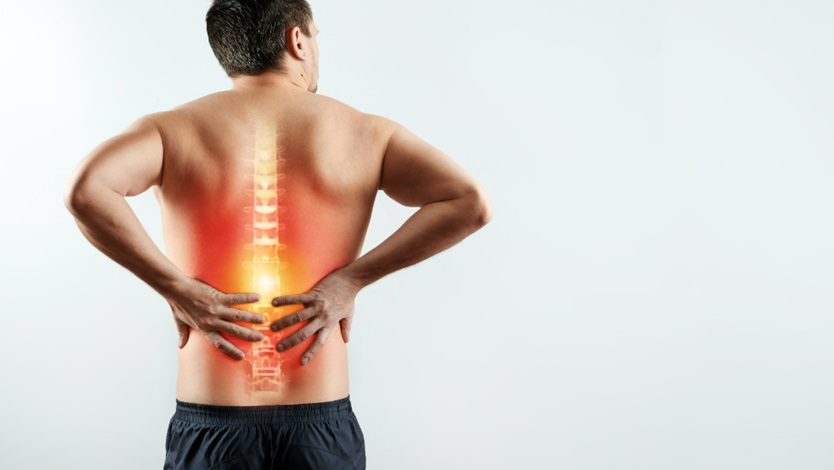
The Role of Spine Traction Machines in Managing Back Pain: A Comparative Analysis
Back pain is a common health problem that affects people of all ages and can have a significant impact on daily activities. According to the American Chiropractic Association, back pain is the leading cause of disability worldwide, with an estimated 80% of individuals experiencing it at some point in their lives. This prevalence highlights the need for effective treatment methods that can provide relief for those suffering from back pain.
One such treatment method is a back traction machine, which involves stretching the spine to relieve pressure and pain. In this article, we will delve into the role of spine traction machines in managing back pain and compare them with other treatment options.
Underlying Causes of Back Pain
Before we discuss the role of spine traction machines in managing back pain, it is essential to understand the underlying causes of this condition. Some common causes of back pain include muscle strains, herniated discs, and arthritis. Poor posture, obesity, and lack of exercise can also contribute to back pain.
How Do Spine Traction Machines Work?
Spine traction machines work by gently stretching the spine, which can help to relieve pressure on the nerves and discs. This stretching can also improve blood flow and nutrient delivery to the affected area, promoting healing. Additionally, spine traction machines may help to realign the spine and reduce muscle spasms.
There are two types of spine traction machines: manual and mechanical. Manual traction involves a therapist manually stretching the patient’s spine, while mechanical traction uses a machine to apply controlled pulling force to the spine. Both methods aim to achieve the same result, but mechanical traction may be more precise and consistent.
What is the Role of Spine Traction Machines in Managing Back Pain?
Spine traction machines can be beneficial in managing back pain, as they provide a non-invasive treatment option that can potentially alleviate symptoms and improve overall spinal health. However, the effectiveness of spine traction machines can vary depending on the individual and the underlying cause of their back pain.
Studies have shown that spine traction machines can provide short-term relief for those with acute back pain due to a herniated disc. They may also be effective in treating degenerative disc disease, sciatica, and spinal stenosis. Additionally, regular use of spine traction machines may help prevent future episodes of back pain. So, if this is something that you are considering, then it is equally crucial to know whether is spinal decompression therapy safe for your patients as well as other underlying questions. This will further aid in making informed decisions regarding the use of spine traction machines.
Other Benefits of Spine Traction Machines
Aside from managing back pain, understanding the role of spinal traction in posture correction and alignment can help to improve overall spinal health and prevent future back problems. By stretching the spine and promoting proper alignment, spine traction machines may also help to improve posture and reduce strain on the muscles, joints, and ligaments of the back.
Moreover, regular use of a spine traction machine can also provide other health benefits, such as improved flexibility, increased range of motion, and decreased inflammation.
Conclusion
We hope this comparative analysis has shed light on the role of spine traction machines in managing back pain and their potential benefits. By understanding how these machines work and their potential effectiveness, your clinic can offer a well-rounded approach to back pain management, combining spine traction with other treatment options for optimal results. Don’t let your patients suffer from back pain any longer – consider incorporating spine traction machines into your treatment plans to provide relief and improve overall spinal health.
